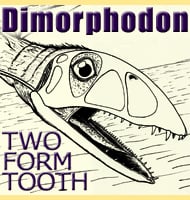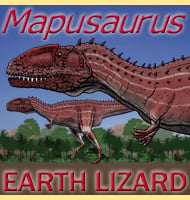In Depth
Idmonarachne is one of the oldest ‘spiders’ that we know about, living on our planet some three hundred million years ago. Idmonarachne is not technically a true spider, hence the genus is not currently included with the Araneae order of arachnids. Idmonarachne however comes very close to being called a true spider.
The holotype specimen of Idmonarachne is tiny, if it sat on your finger nail, the body would not extend past the tip of your finger. The type specimen was found preserved in sedimentary rock, so computerized tomography was used to reconstruct this ‘spider’, allowing for perfect reconstruction without risking damaging it by trying to dig it out of the stone.
The name Idmonarachne come from the ancient Greek myth of Arachne, a woman who challenged the Goddess Minerva to a weaving contest. When Minerva found that Arachne’s weaving, that of a mortal was as good as her own, a goddess could do, she flew into a great rage and began to beat Arachne. Later after Arachne’s death, the gods turned her into a spider so that Arachne could keep on weaving. Arachne’s father was called Idmon, and in reference to the genus name the idea is Idmonarachne is father to the true spiders. This is not to say the genus is specifically ‘the’ ancestor, but it represents well the group that may have spawned the true spiders of the Araneae order.
Further Reading
- Almost a spider: a 305-million-year-old fossil arachnid and spider origins. - Proceedings of the Royal Society B 283:2016125. - R. J. Garwood, J. A. Dunlop, P. A. Selden, A. R. T. Spencer, R. C. Atwood, N. T. Vo & M. Drakopoulos - 2016.








